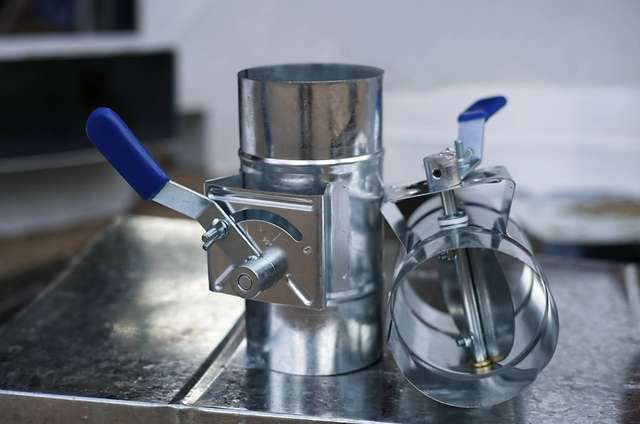Dampers play an important role in air conditioning systems, as they act as a control point for the flow of air in and out of the system. There are several types of dampers available, each with different capabilities and uses. In this article, we'll explore the different types of dampers and how they can be used to improve the efficiency of air conditioning systems.
What Are Dampers?
Dampers are valves that are used to control the flow of air in and out of air conditioning systems. They are typically found in ductwork and can be manual, motorized, or pneumatic. Dampers can be used to regulate the flow of air, reduce sound levels, and improve the efficiency of air conditioning systems.
Types of Dampers
There are several types of dampers available, each with different capabilities and uses.
The most common type of damper is the butterfly damper. This type of damper is usually installed in ducts and is operated manually. It is effective at controlling the flow of air and is relatively inexpensive.
The airfoil damper is another type of damper that is used in air conditioning systems. It is more efficient than the butterfly damper and can be used to reduce noise levels and improve air flow.
The louvered damper is also effective at reducing noise levels and improving air flow. It is typically used in larger air conditioning systems and requires more maintenance than other types of dampers.
Lastly, the motorized damper is a more modern type of damper that is operated by an electric motor. It is usually used in larger air conditioning systems and is effective at regulating the air flow in a precise manner
Benefits of Dampers
Using dampers in air conditioning systems can provide numerous benefits. Firstly, they can improve the efficiency of air conditioning systems by helping to regulate the air flow. This can reduce energy costs, as the system will not have to work as hard to maintain the desired temperature.
Secondly, dampers can also reduce noise levels in air conditioning systems. By controlling the amount of air that is flowing through the ducts, sound levels can be reduced and a more pleasant ambience can be achieved.

